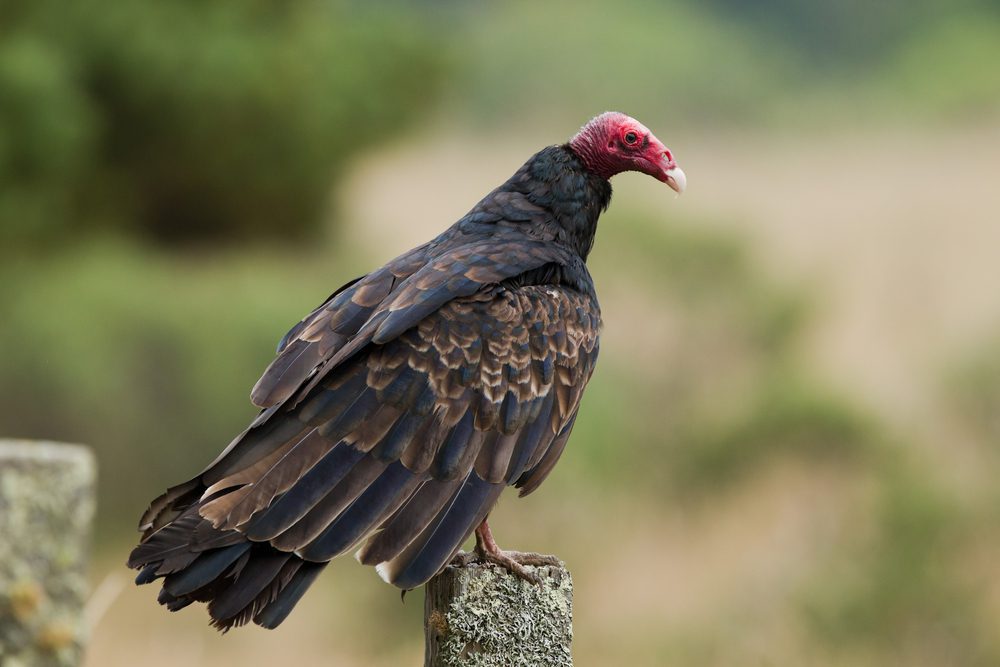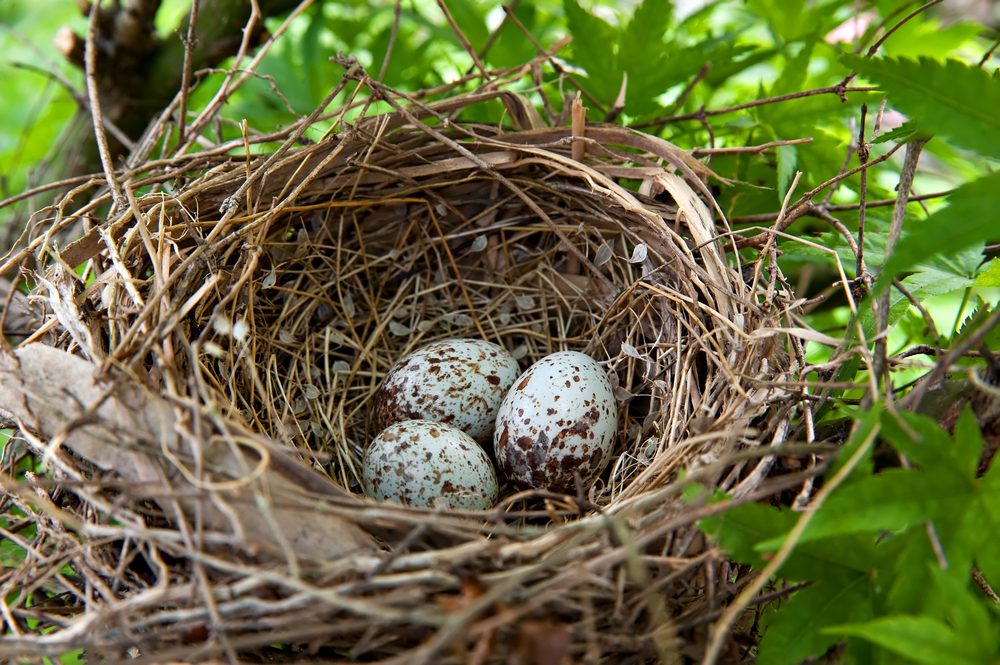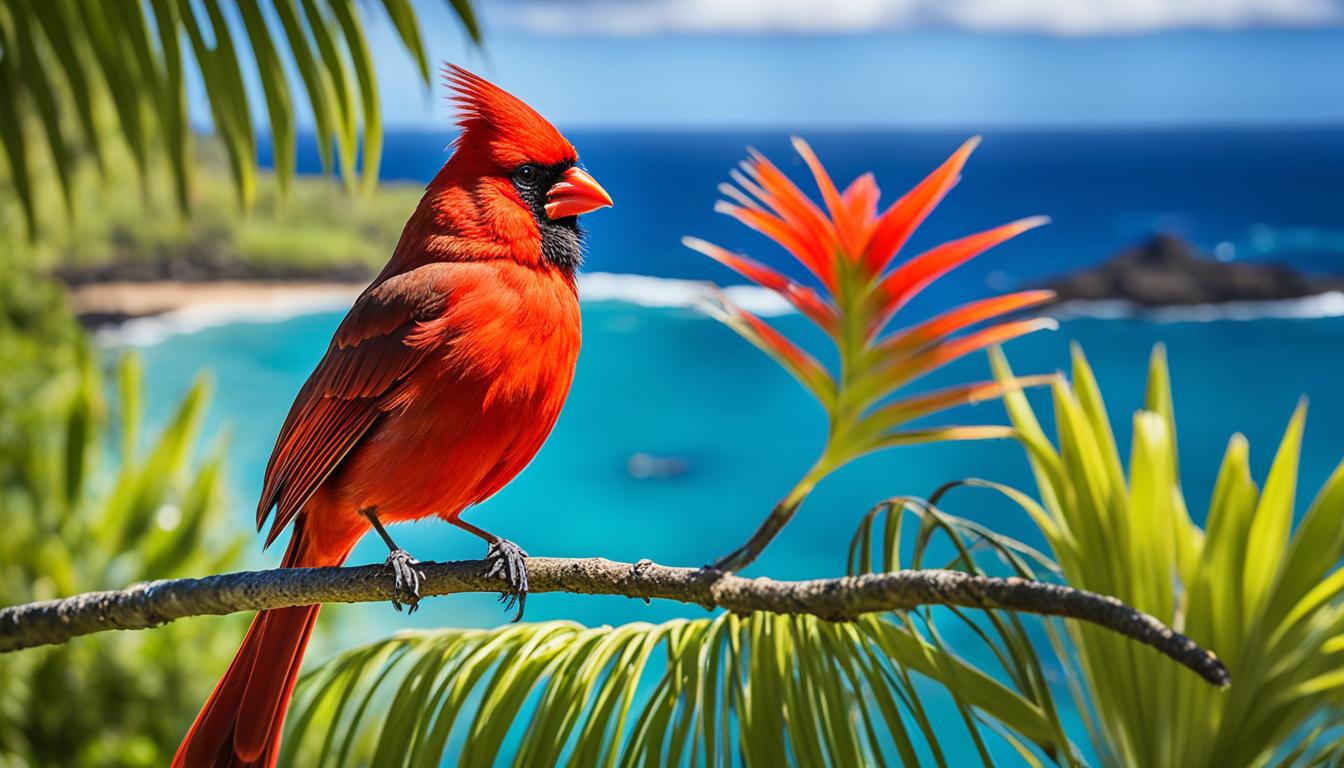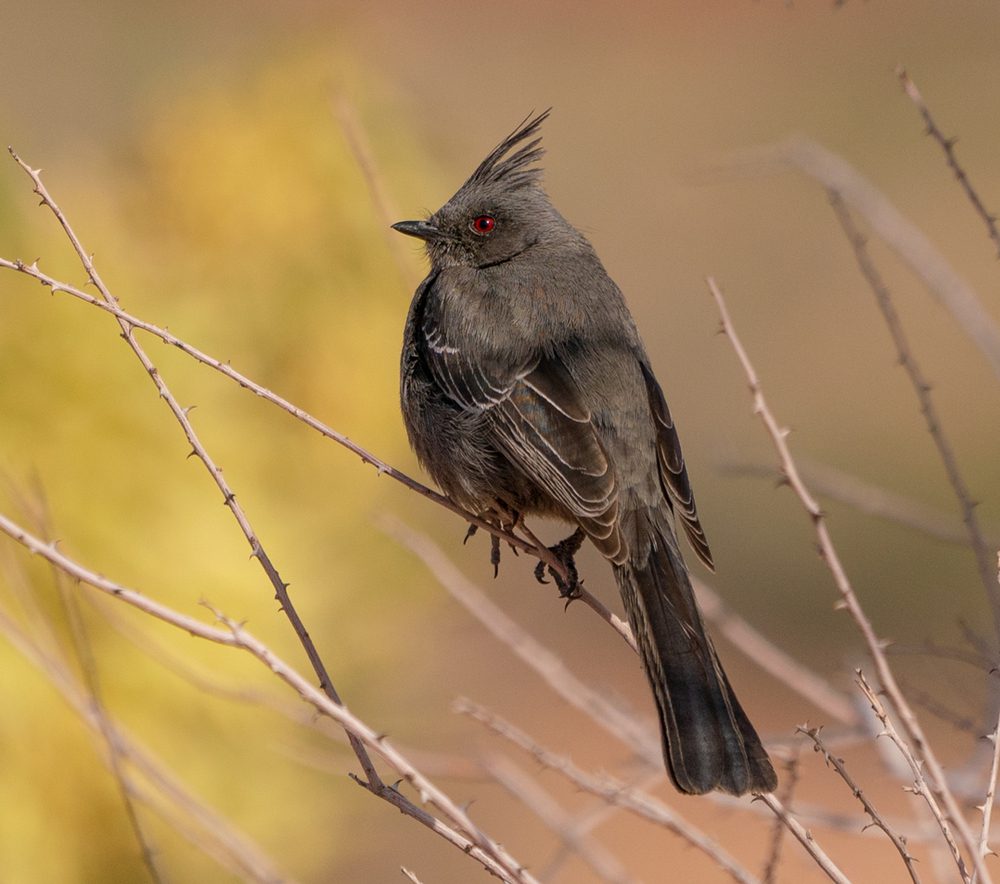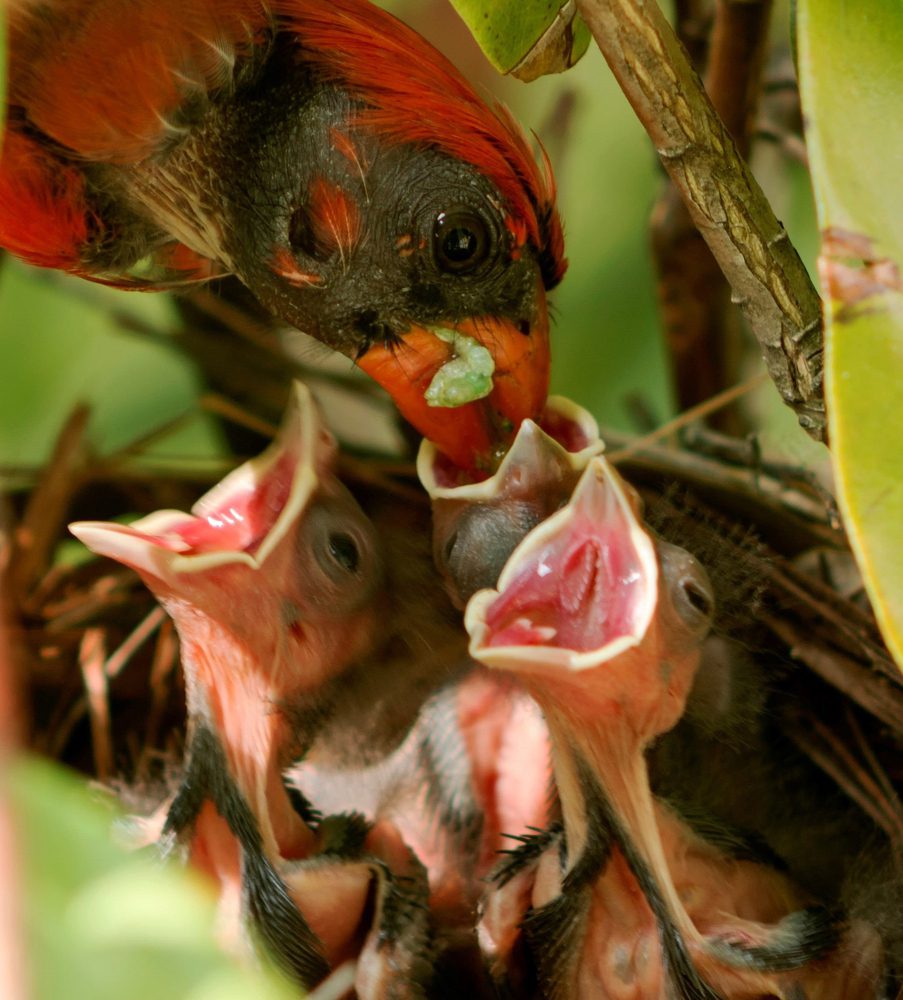Turkey Vulture Maryland– Did you know that Maryland is a hotbed for turkey vultures? These fascinating bird of prey are not only impressive in their size and appearance, but they also play a crucial role as scavengers in the ecosystem. Let’s explore five mind-blowing facts about Maryland’s turkey vultures that will leave you amazed!
Table of Contents
The Habitat and Migration Patterns of Turkey Vulture Maryland

Maryland offers an ideal habitat for turkey vultures, making it a perfect destination for bird enthusiasts and nature lovers. These magnificent creatures can be found in various environments across the state, displaying their remarkable adaptability. From forests and farmland to open areas near bodies of water, turkey vultures thrive in diverse settings.
One of the key factors that attract turkey vultures to Maryland is the abundance of food sources. These scavengers play a crucial role in the ecosystem by cleansing the environment of carcasses. Their keen sense of smell allows them to locate decaying animals from miles away, ensuring an efficient recycling of nutrients.
“Maryland’s diverse landscapes provide turkey vultures with an array of feeding opportunities, contributing to their thriving population,” says Dr. Sarah Johnson, an ornithologist at the University of Maryland. “They play a vital role in maintaining the ecological balance, making them an essential part of our natural heritage.”
Tall trees also play a significant role in the habitat of turkey vultures. Aside from being preferred sites for roosting and nesting, these trees offer valuable lookout points for observing the surrounding environment. Turkey vultures have an impressive wingspan of around six feet, allowing them to soar effortlessly in the sky while scanning for food and potential threats.
In addition to their habitat preferences, turkey vultures exhibit fascinating migration patterns. These migratory birds embark on impressive journeys, traveling thousands of miles between their breeding grounds and wintering areas.
According to data collected by the Maryland Department of Natural Resources, turkey vultures in the state typically migrate southward in the fall, seeking warmer climates and abundant food sources. The migration routes vary, with some individuals traveling along the eastern coast and others venturing further inland.
The ability of turkey vultures to navigate over long distances with precision is truly remarkable. It is thought that they use a combination of visual landmarks, magnetic fields, and even wind patterns to guide their journeys.
To gain a better understanding of turkey vulture migration patterns, researchers and bird enthusiasts in Maryland participate in tracking initiatives. By attaching lightweight GPS devices to individual birds, valuable insights are gathered about their movements, migration routes, and stopover locations.
Nesting Behaviors and Life Cycle
During the breeding season, turkey vultures engage in fascinating nesting behaviors. They typically build their nests on tall trees, rocky ledges, or even in abandoned buildings. These nests are sparse and consist of sticks and twigs, serving as a secure place for incubating their eggs.
Female turkey vultures lay one to three eggs, which are incubated for approximately 30 to 40 days. Both parents take turns in caring for the eggs and keeping them warm. Once hatched, the young vultures grow rapidly and are ready to leave the nest after about 10 to 12 weeks.
Exploring the habitat and migration patterns of Maryland’s turkey vultures provides us with a deeper appreciation for these magnificent birds and their ability to thrive in diverse environments. Their essential role in the ecosystem and impressive journeys make them a true symbol of resilience and adaptability.
Comparison of Turkey Vulture Habitat Preferences
| Habitat | Characteristics |
|---|---|
| Forests | Turkey vultures can be found in both deciduous and coniferous forests, where they utilize the tree canopies for roosting and nesting. |
| Farmland | The open fields of farmland provide hunting grounds for turkey vultures, as they frequently scavenge for carrion in these areas. |
| Open areas near bodies of water | These areas attract turkey vultures due to the availability of both food sources and tall structures for roosting. |
Bird-Watching Opportunities and Wildlife Conservation in Maryland
If you’re a nature enthusiast or bird lover, Maryland offers a wealth of bird-watching opportunities. With its diverse habitats and abundant wildlife, the state promises unforgettable experiences for both seasoned and novice bird watchers.
One of the highlights of bird watching in Maryland is the chance to observe turkey vultures in their natural habitat. These magnificent birds, with their large wingspan and distinctive red heads, are fascinating to watch as they soar effortlessly in the sky.
Join a Wildlife Tour
If you’re new to bird watching or want expert guidance, consider joining one of Maryland’s wildlife tours. These tours are led by knowledgeable guides who will take you to the best bird-watching locations in the state, increasing your chances of spotting various species, including the iconic turkey vulture.
During the tour, you’ll learn about the different bird species that call Maryland their home. The guides will share interesting facts about their behaviors, habitats, and migratory patterns, providing a deeper understanding of the avian world.
“Bird-watching tours in Maryland provide a unique opportunity to connect with nature and appreciate the incredible diversity of bird species in the state.” – Jane Wilson, Bird Watching Enthusiast
Visit Nature Reserves and Parks
If you prefer a more independent bird-watching experience, Maryland’s nature reserves and parks offer excellent opportunities to spot a wide range of bird species, including turkey vultures. These protected areas are carefully managed to support wildlife conservation efforts and preserve the natural habitats of various bird species.
Some of the best bird-watching locations in Maryland include Chesapeake Bay Environmental Center, Blackwater National Wildlife Refuge, and Assateague Island National Seashore. These areas are known for their diverse avian populations and provide stunning landscapes for bird photography.
Contributing to Maryland Wildlife Conservation
Bird watching not only allows us to appreciate the beauty of nature but also plays a vital role in wildlife conservation. By participating in bird-watching activities and supporting responsible tourism, we contribute to the preservation of Maryland’s natural heritage.
When visiting bird-watching sites, it’s important to follow ethical guidelines such as maintaining a safe distance from the birds and respecting their natural habitats. Additionally, supporting local conservation initiatives and organizations dedicated to protecting Maryland’s bird species can have a positive impact on their long-term survival.
Through bird watching, we can foster an appreciation for the rich biodiversity that Maryland has to offer and inspire others to join in the efforts of wildlife conservation.
| Bird-Watching Opportunities in Maryland | Wildlife Tours | Nature Reserves and Parks |
|---|---|---|
| Chance to observe turkey vultures in their natural habitat | Guided tours led by knowledgeable experts | Preserved areas with diverse avian populations |
| Opportunities for bird photography | Learning about different bird species and their behaviors | Supporting wildlife conservation efforts |
| Contributing to Maryland’s natural heritage preservation | Promoting responsible tourism |
Embark on a bird-watching adventure in Maryland and immerse yourself in the captivating world of avian wonders. Whether you choose a guided wildlife tour or explore the nature reserves and parks on your own, Maryland’s vibrant bird life and commitment to wildlife conservation make it an ideal destination for bird watchers.

Maryland’s Bird Species and the Role of Turkey Vultures in the Ecosystem
Maryland is known for its diverse avian population, boasting a wide variety of bird species. Among them, the turkey vulture stands out as an essential contributor to the state’s ecosystem. These remarkable birds play a crucial role in maintaining the balance of nature by performing vital tasks.
One of the primary responsibilities of turkey vultures in Maryland is cleaning up carcasses. As scavengers, they feed on dead animals, preventing the spread of diseases and reducing the risk of contamination in the environment. By efficiently disposing of decaying matter, these birds help keep Maryland’s ecosystem healthy and thriving.
“Turkey vultures play a crucial role in Maryland’s ecosystem by cleaning up carcasses and preventing the spread of diseases.”
In addition to their cleaning duties, turkey vultures contribute to nutrient recycling. By consuming carrion, they release valuable nutrients back into the environment. This recycling process promotes the growth of plants and other organisms, ultimately ensuring a balanced and sustainable ecosystem in Maryland.
Turkey vultures are known for their impressive wingspan, reaching up to six feet. With this wide wingspan, they graciously soar across the skies of Maryland, effortlessly riding thermal updrafts. Their ability to cover vast distances while searching for food and suitable habitats is a remarkable spectacle to behold.

| Species | Population | Status |
|---|---|---|
| Bald Eagle | 1,240 pairs | Delisted from Endangered status in 2007 |
| Diamondback Terrapin | Unknown | Endangered in some counties |
| Osprey | 3,800 pairs | Recovering population |
Turkey Vultures and the Ecosystem
These birds of prey have a significant impact on the environment and demonstrate the interconnectedness of Maryland’s wildlife. As they diligently perform their duties, turkey vultures showcase the delicate balance that exists within the ecosystem, influencing the survival and well-being of other species.
“Turkey vultures are crucial contributors to Maryland’s ecosystem, promoting a healthy and sustainable environment for all.”
Protecting and conserving Maryland’s bird species, including the turkey vulture, is crucial for maintaining the delicate equilibrium of the local ecosystem. By recognizing the value of these birds in waste management, disease prevention, and nutrient recycling, we can work towards preserving the state’s biodiversity and ensuring a thriving environment for future generations to enjoy.
Turkey Vultures and the Importance of Wildlife Education in Maryland
Education is key to caring for wildlife and helping to save it. It’s really important when we talk about amazing animals like the turkey vultures in Maryland. Learning about these awesome birds and how important they are to nature helps Maryland keep its wildlife diverse and healthy.
Maryland has lots of programs to help people learn about wildlife. These include special activities that help everyone, no matter how old they are, get to know turkey vultures better. By understanding these birds and their place in nature, we learn to appreciate them more.
Discovering Turkey Vultures Up Close
One of the highlights of Maryland’s wildlife education programs is the chance to observe turkey vultures in their natural habitat. Guided tours and field trips provide participants with hands-on experiences, allowing them to witness these majestic birds in action.
During these excursions, experts share fascinating insights into the behaviors and characteristics of turkey vultures. Participants gain a deeper understanding of their ecological role as scavengers and their unique adaptations for finding and consuming carrion.
Understanding the Ecosystem Impact
Through wildlife education, individuals learn about the crucial role turkey vultures play in maintaining a balanced ecosystem. These birds clean up carcasses, preventing the spread of diseases and reducing the risk of contamination. By recycling nutrients, turkey vultures contribute to the overall health of the environment.
Furthermore, education about turkey vultures helps dispel myths and misconceptions surrounding these birds. By understanding their non-aggressive nature and the benefits they bring to the environment, people can appreciate their presence and contribute to their protection.
“Wildlife education gives us the power to make informed decisions and take meaningful action to protect and conserve our natural treasures.” – Maryland Wildlife Foundation
By engaging in wildlife education programs and learning about turkey vultures, we can cultivate a sense of stewardship for Maryland’s unique wildlife. Together, we can ensure the preservation of these remarkable birds and the overall ecological balance in our beautiful state.
Conclusion
After exploring the fascinating world of Maryland’s turkey vultures, it’s clear that these birds are not only magnificent in their appearance but also play a vital role in the state’s ecosystem. With their impressive wingspan and soaring abilities, turkey vultures are well-equipped for their scavenging lifestyle, efficiently cleaning up carcasses and preventing the spread of diseases.
It’s important to recognize the value of these non-aggressive birds and the contribution they make to maintaining the balance of Maryland’s wildlife. By understanding the role of turkey vultures in the environment and appreciating their unique characteristics, we can foster a deeper appreciation for wildlife in Maryland. You should also see Turkey Vulture in Illinois
Engaging in wildlife education programs, such as those available in Maryland, can further enhance our understanding of turkey vultures and the larger avian population. By actively participating in bird-watching opportunities and supporting wildlife conservation initiatives, we can contribute to the preservation of Maryland’s rich biodiversity for generations to come. Let’s continue to cherish and protect the remarkable wildlife that calls Maryland home.
FAQ
Where can I find turkey vultures in Maryland?
Turkey vultures can be found in a variety of environments in Maryland, including forests, farmland, and open areas near bodies of water.
Are turkey vultures commonly seen during bird-watching activities in Maryland?
Yes, Maryland offers excellent bird-watching opportunities, including the chance to observe turkey vultures in their natural habitat. Visitors can join wildlife tours or visit nature reserves and parks known for their diverse avian populations.
What role do turkey vultures play in the ecosystem?
Turkey vultures play a crucial role in the ecosystem by cleaning up carcasses and preventing the spread of diseases. They help maintain a balance in the environment by recycling nutrients and reducing the risk of contamination.
What wildlife education programs are available in Maryland?
Maryland offers various wildlife education programs, including opportunities to learn about turkey vultures and their behaviors. These programs aim to educate the public about the importance of wildlife conservation and foster an appreciation of native species.
Why are turkey vultures unique among Maryland’s bird species?
Turkey vultures are remarkable creatures with an impressive wingspan, cleansing abilities, and non-aggressive nature. Their unique characteristics make them a valuable part of Maryland’s bird species lineup.

